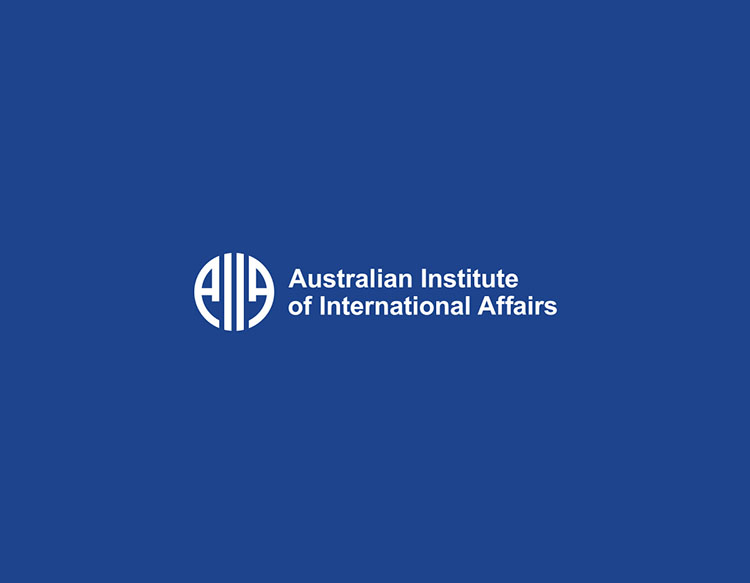Strategic minilaterals like the Quad, AUKUS, and TSD exemplify flexible security cooperation in the Indo-Pacific, balancing between governance and military
UN Secretary-General Antonio Guterres's meeting with Vladimir Putin in October, and his absence at the Ukraine Peace Summit in June,
East Asian states adopt varied strategic responses to China's rise—balancing, hedging, or bandwagoning—driven primarily by geography, democracy, and historical identity.
In October 2024, four key Southeast Asian countries became partners of BRICS, making the organisation much closer to home for
Despite escalating geopolitical tensions, India and China maintain a paradoxical relationship of economic interdependence. This dynamic reveals a delicate balance
Ukraine faces mounting challenges as battlefield victory becomes unlikely, with Donald Trump’s proposed “peace plan” offering a ceasefire based on
The removal of a despised dictator brings a moment of euphoria for Syrians. But the future is uncertain as relations
Australia needs strategic reindustrialisation. The days of secure supply chains and geopolitical stability have begun to erode, and Australia is
Sudan’s peaceful transition was cut short by the eruption of a devastating war in April 2023. Too many peace initiaitves
Competing development models in the Indo-Pacific highlight tensions between US-led openness and China’s revisionist socialism. Their impact on regional stability
Assad’s fall has dismantled Iran’s Axis of Resistance, severing critical ties to Hezbollah and undermining Tehran’s regional ambitions. Can Iran
When Donald Trump becomes the US’ 47th president on 20 January 2025, one of his foreign policy tasks will be

